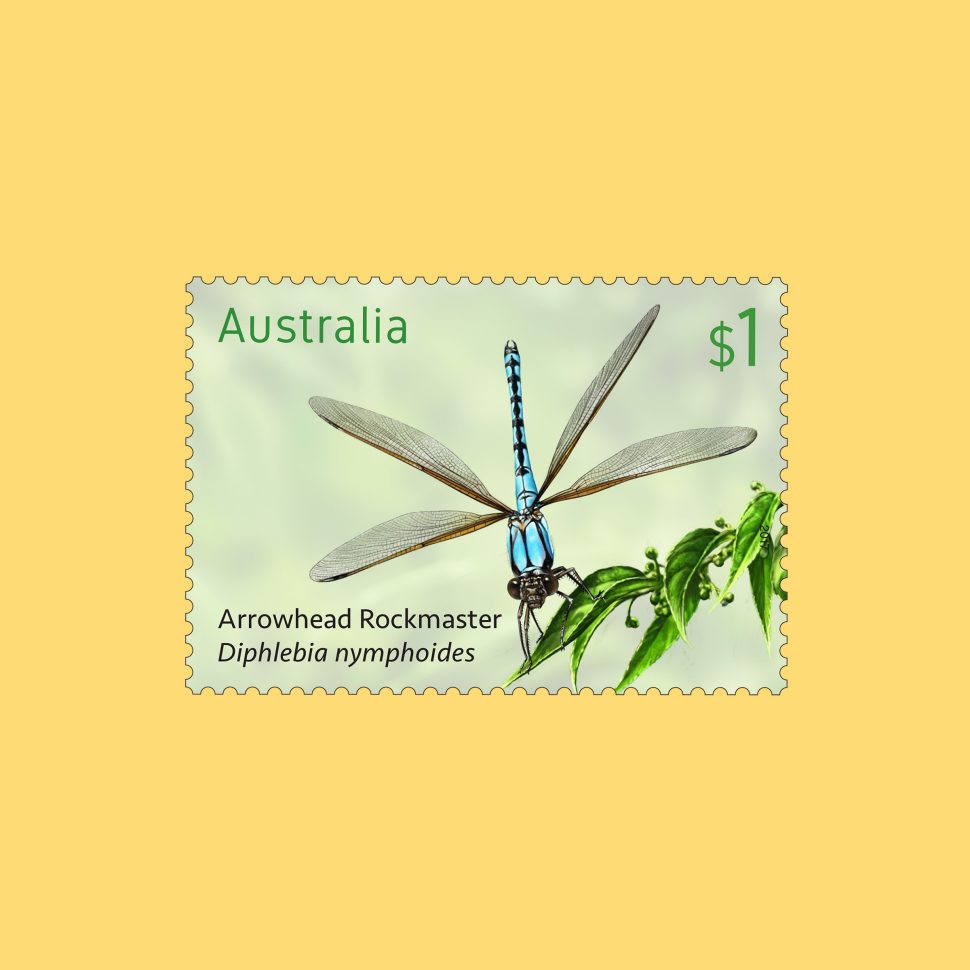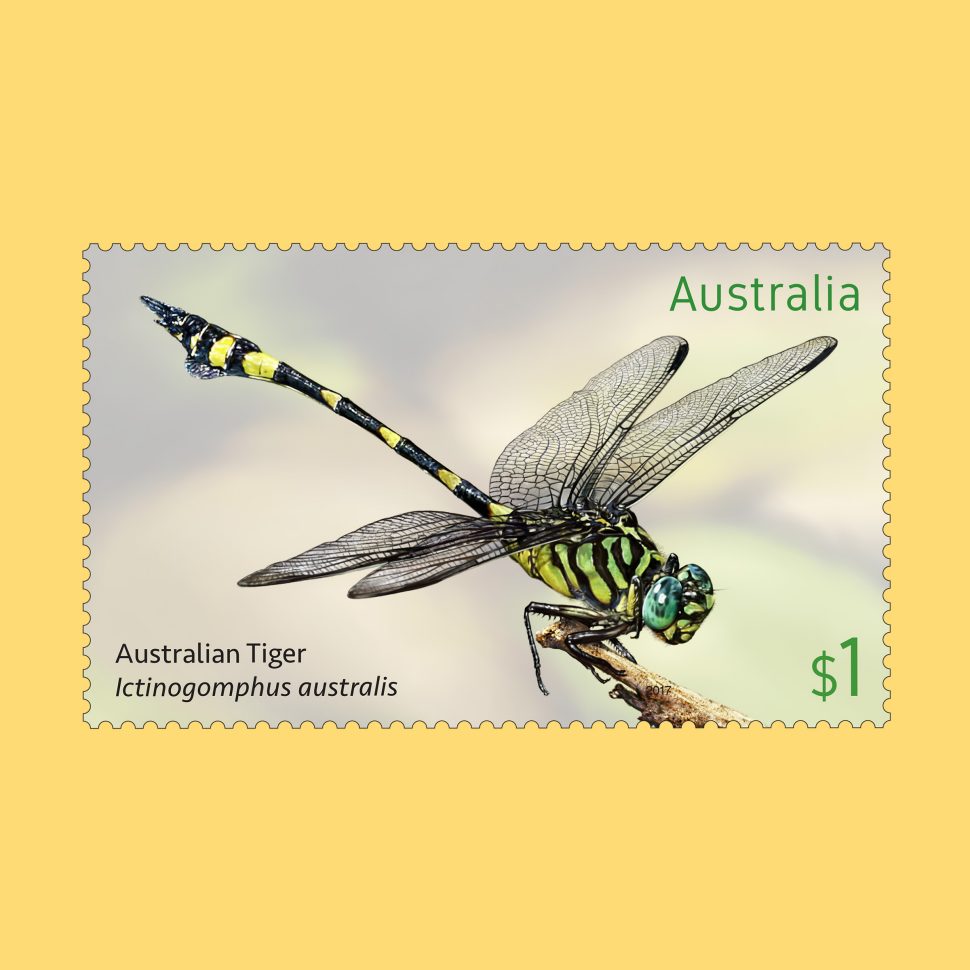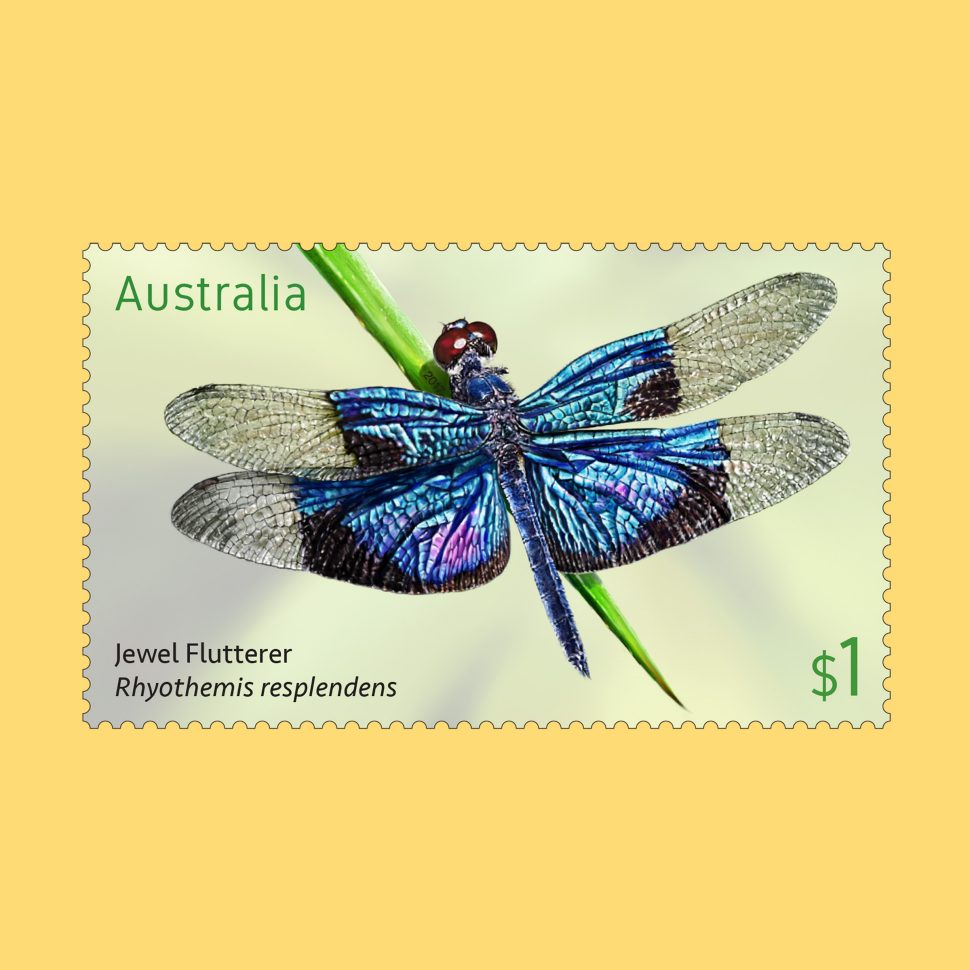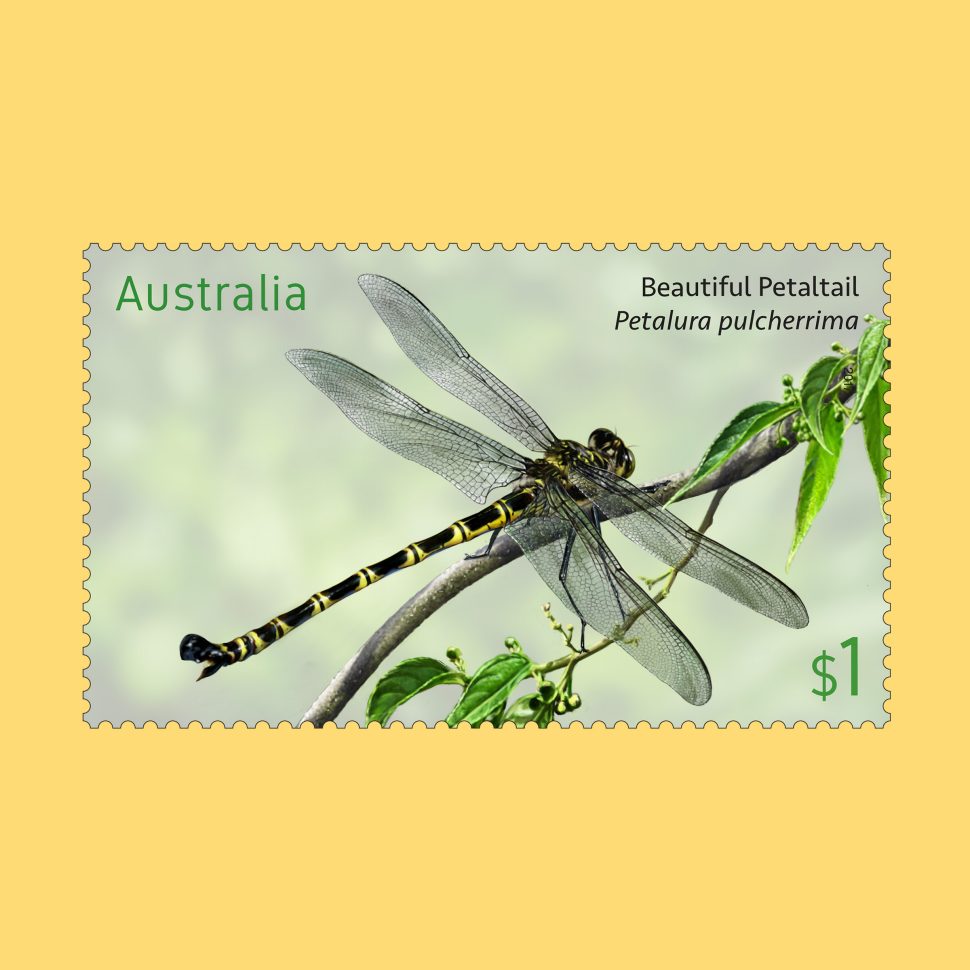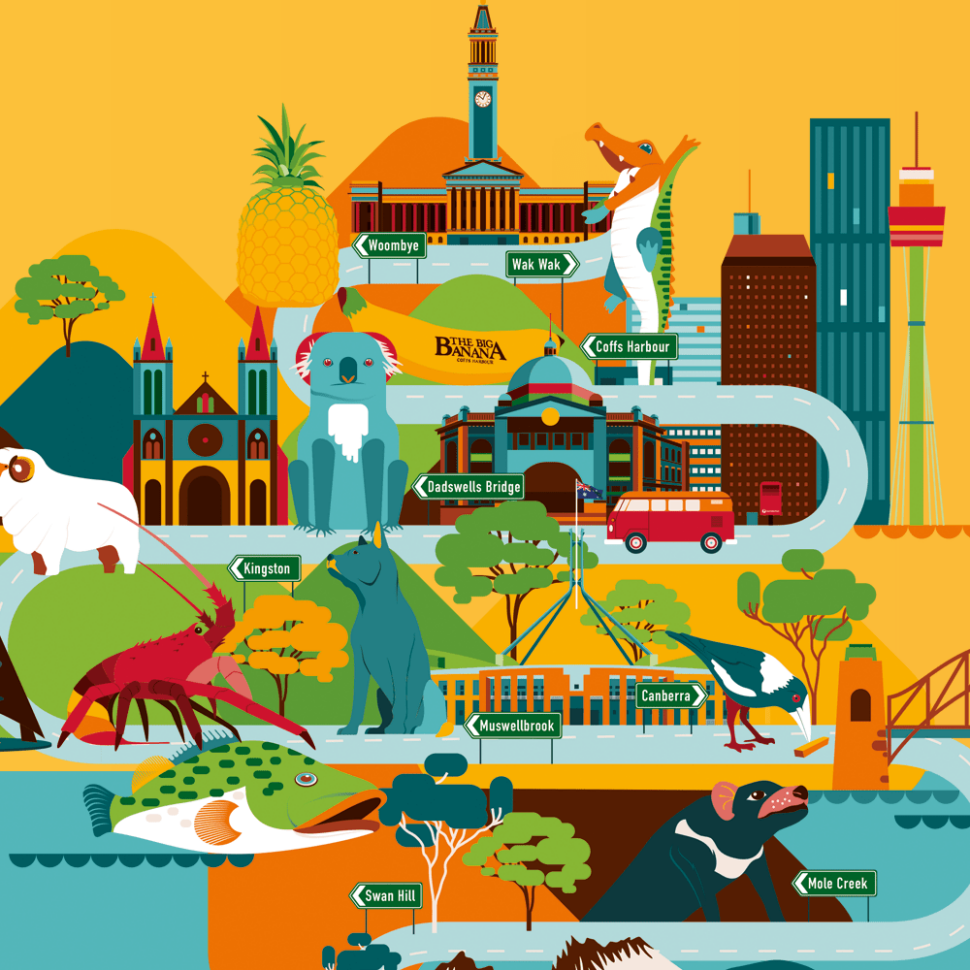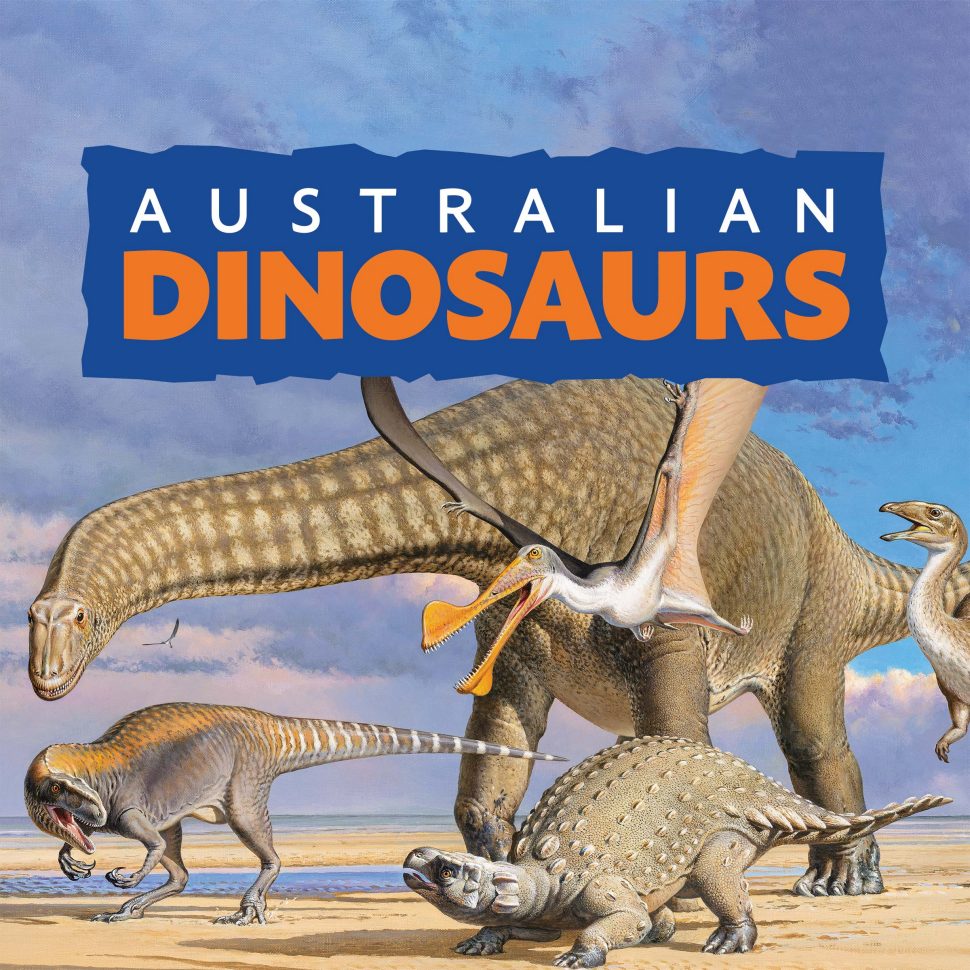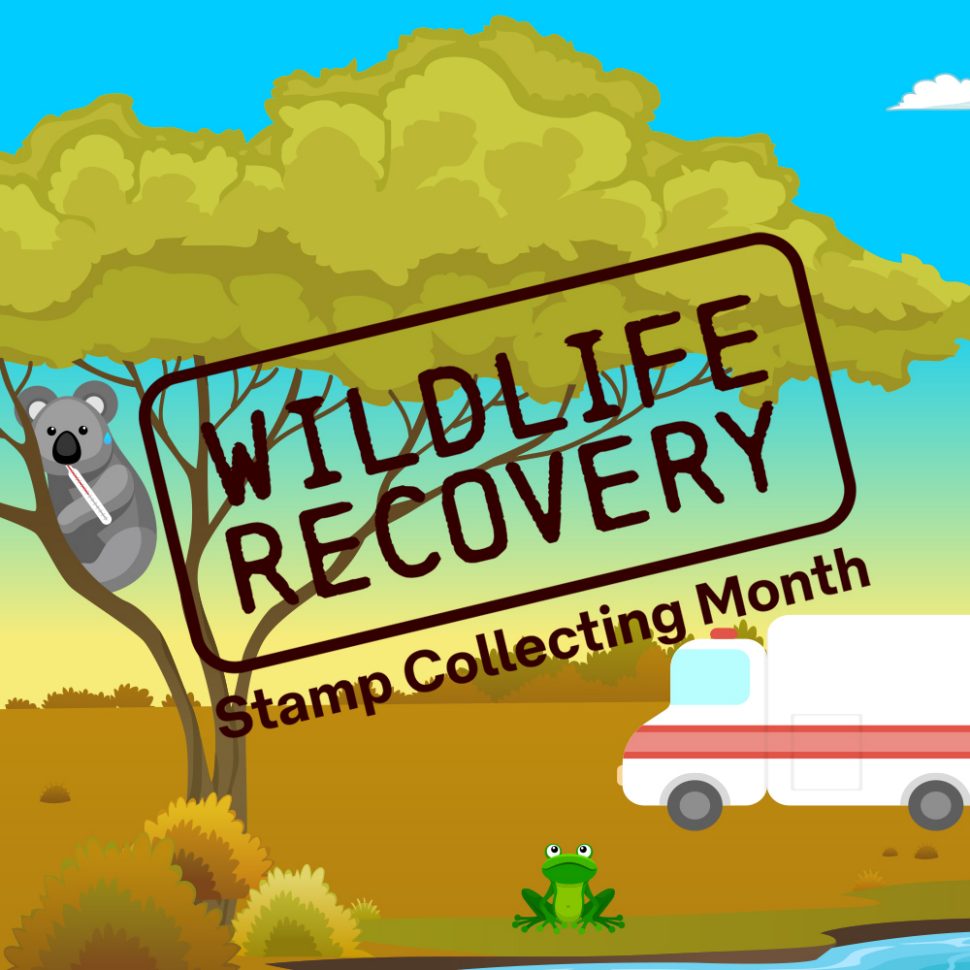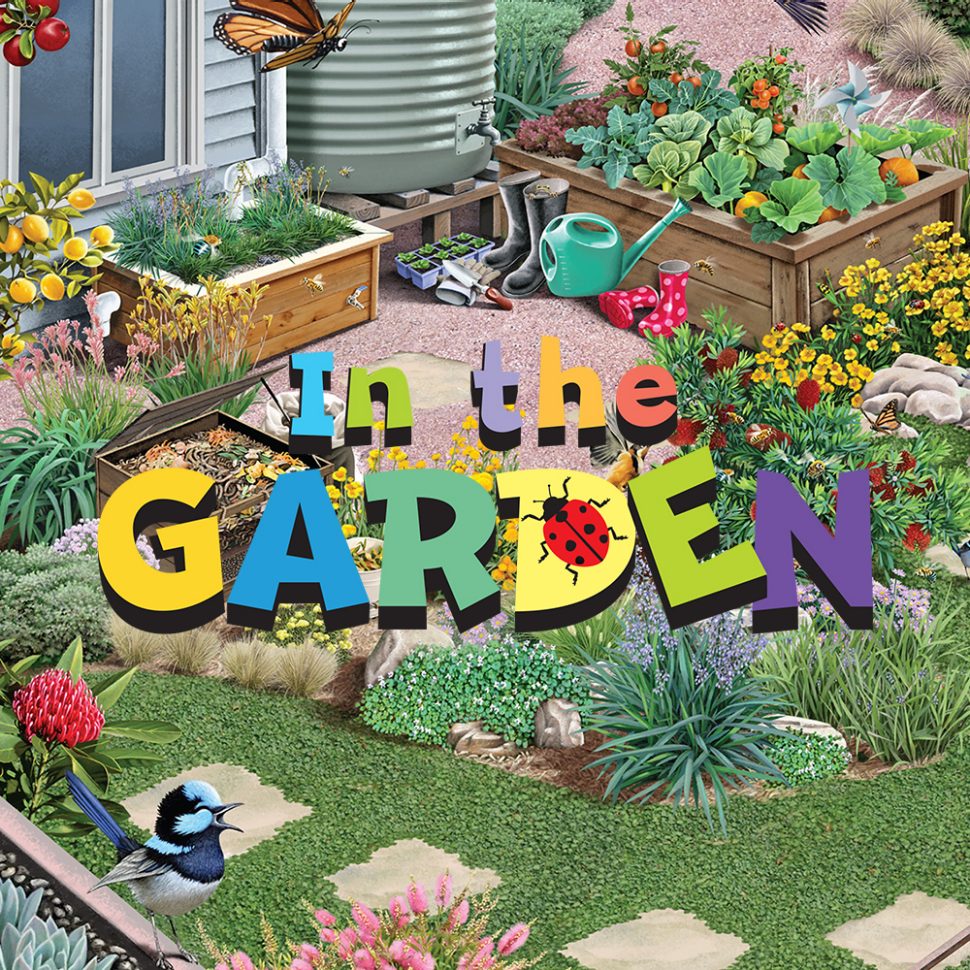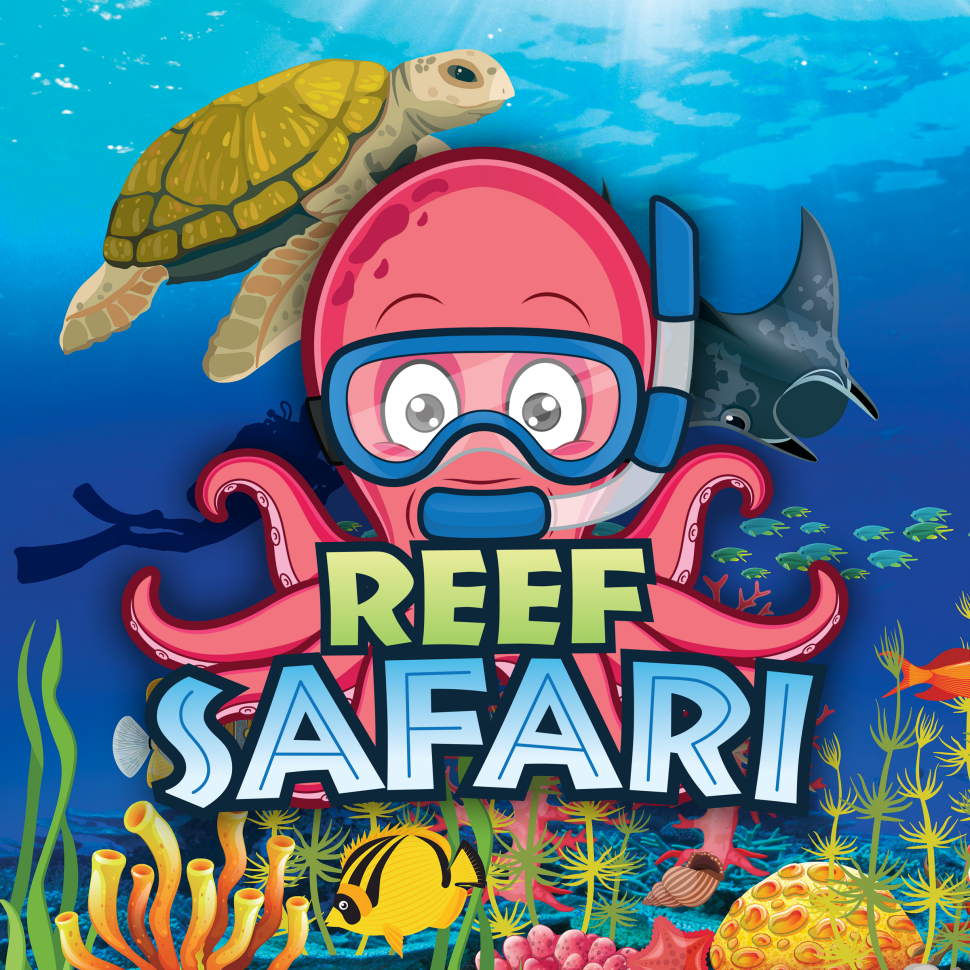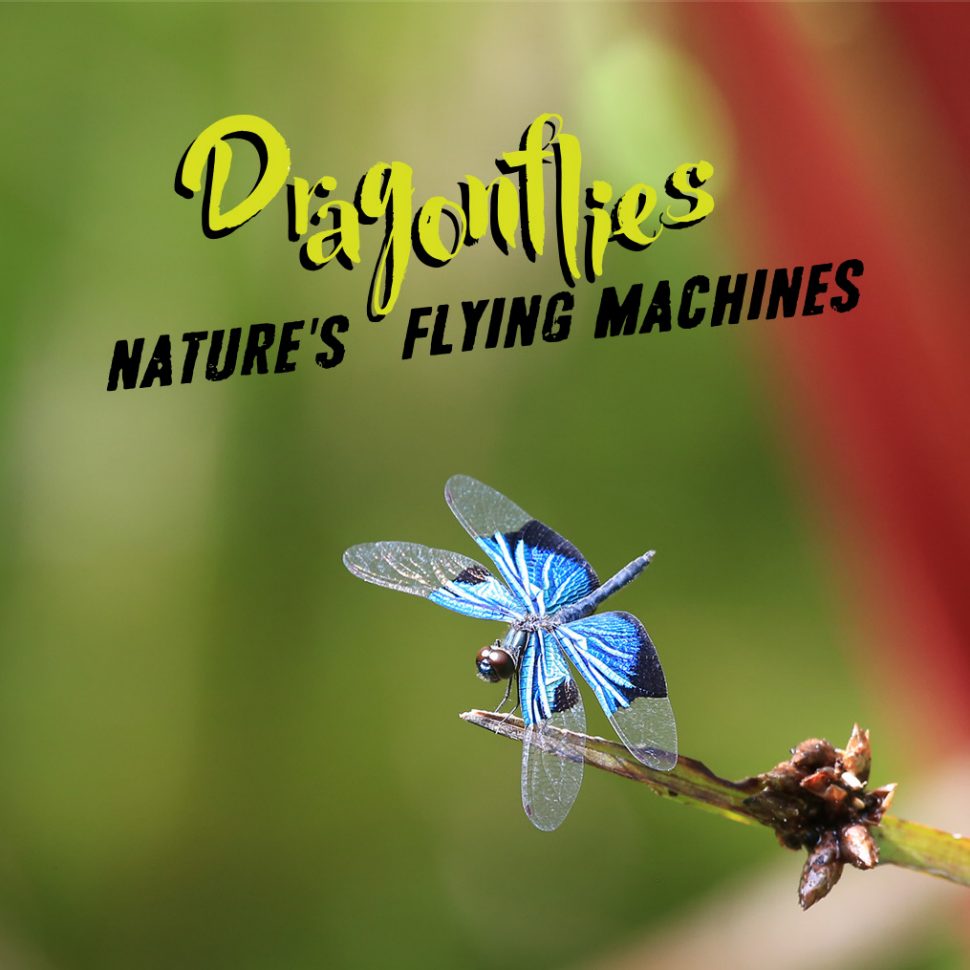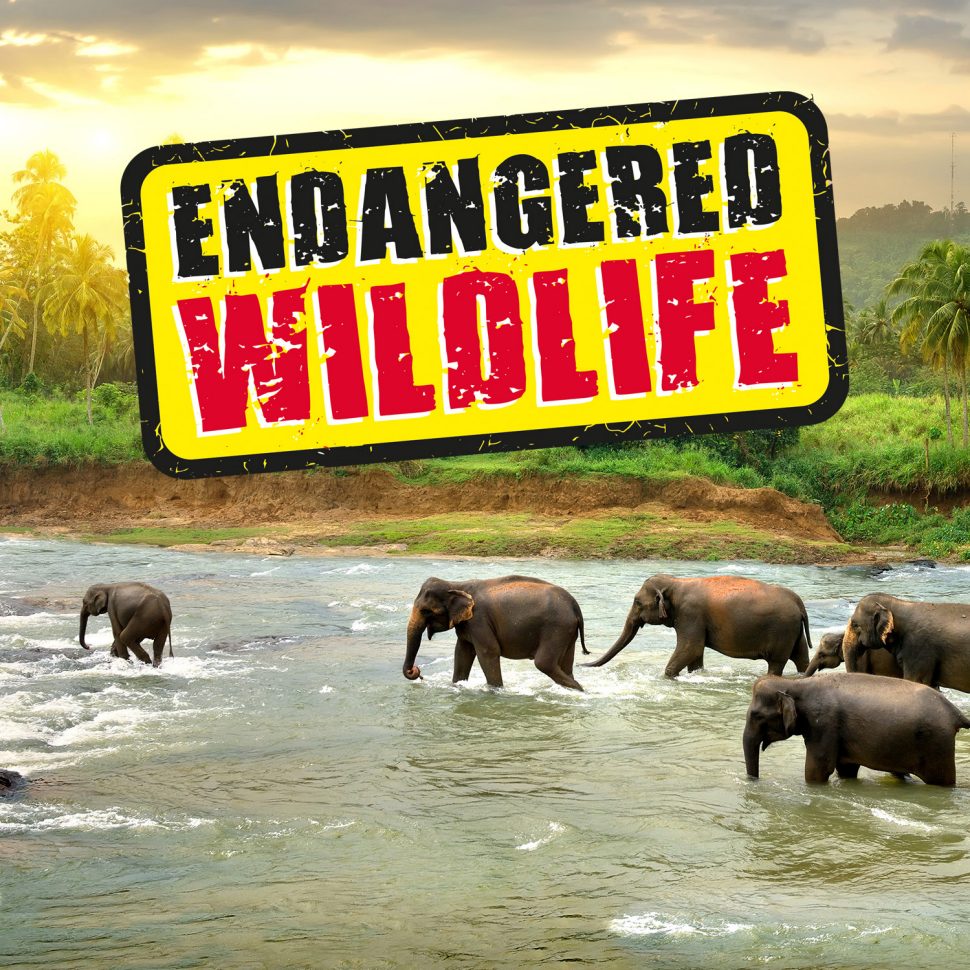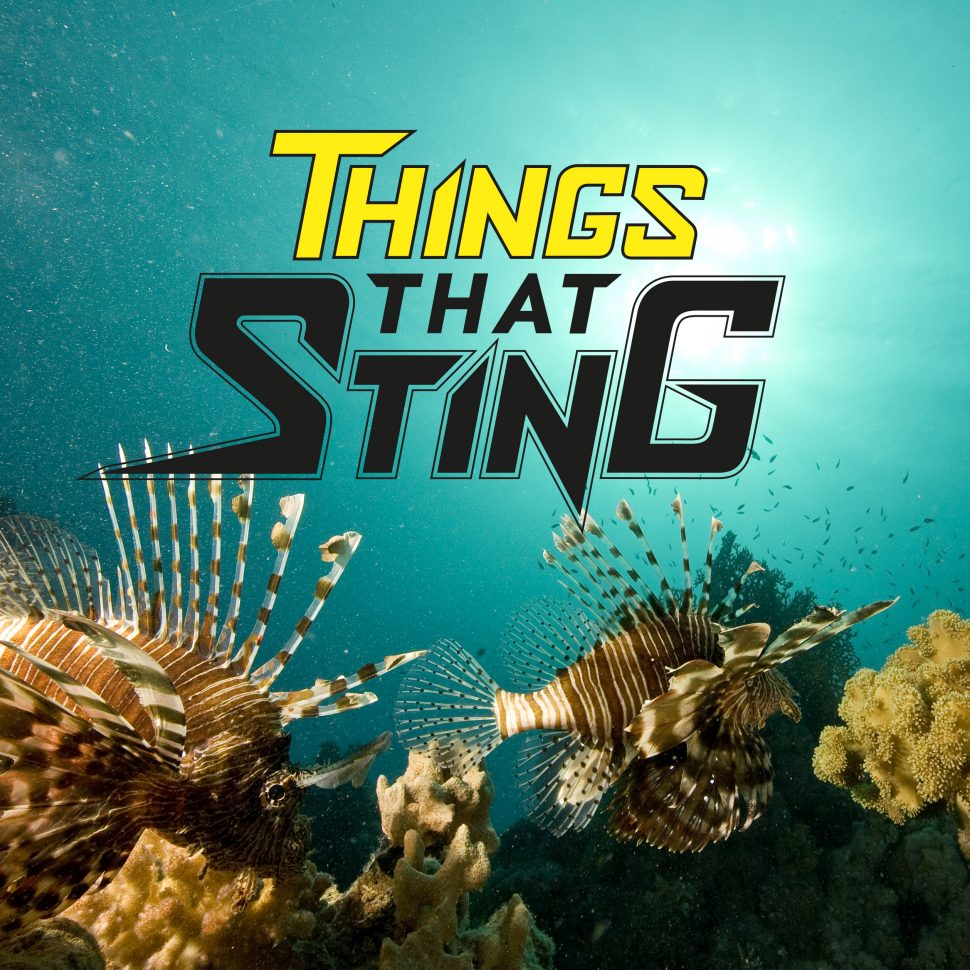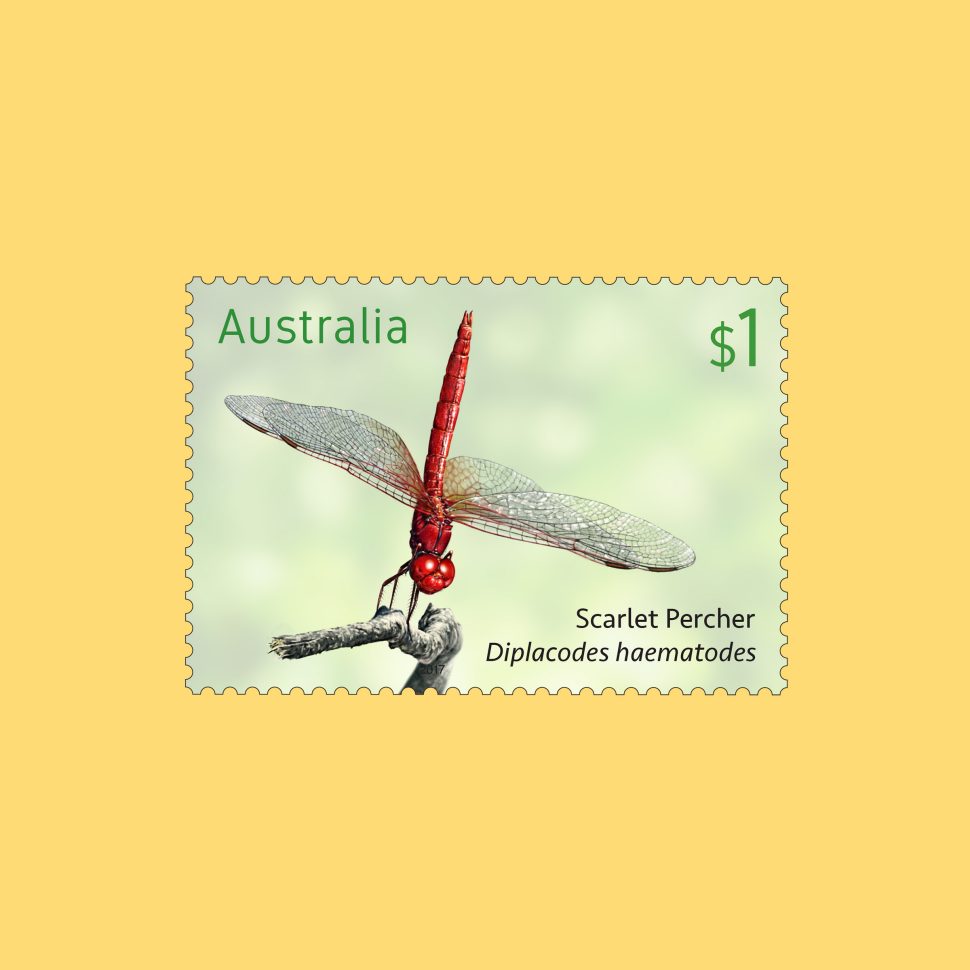
Diplacodes haematodes
Percher species belong to the genus Diplacodes, which ranges through Africa and Asia into the western Pacific. Australia has five Percher species that are tiny to medium in size.
The Scarlet Percher reaches a length of 3.5 cms and has a wingspan of six centimetres. As its name suggests, red is the predominant colour on the head, thorax, abdomen, on the male, including part of its wing. Both the fore- and hindwings of the Scarlet Percher face forward when it is at rest. In contrast, the female is ochre coloured with dark wings.
This small dragonfly inhabits creeks, rivers and still waters right across Australia, preferring open sunny sites to shady areas. Unlike other dragonfly species, it will perch on rocks. The Scarlet Percher also has an extra-limital distribution in Timor, New Guinea, Vanuatu and New Caledonia.

